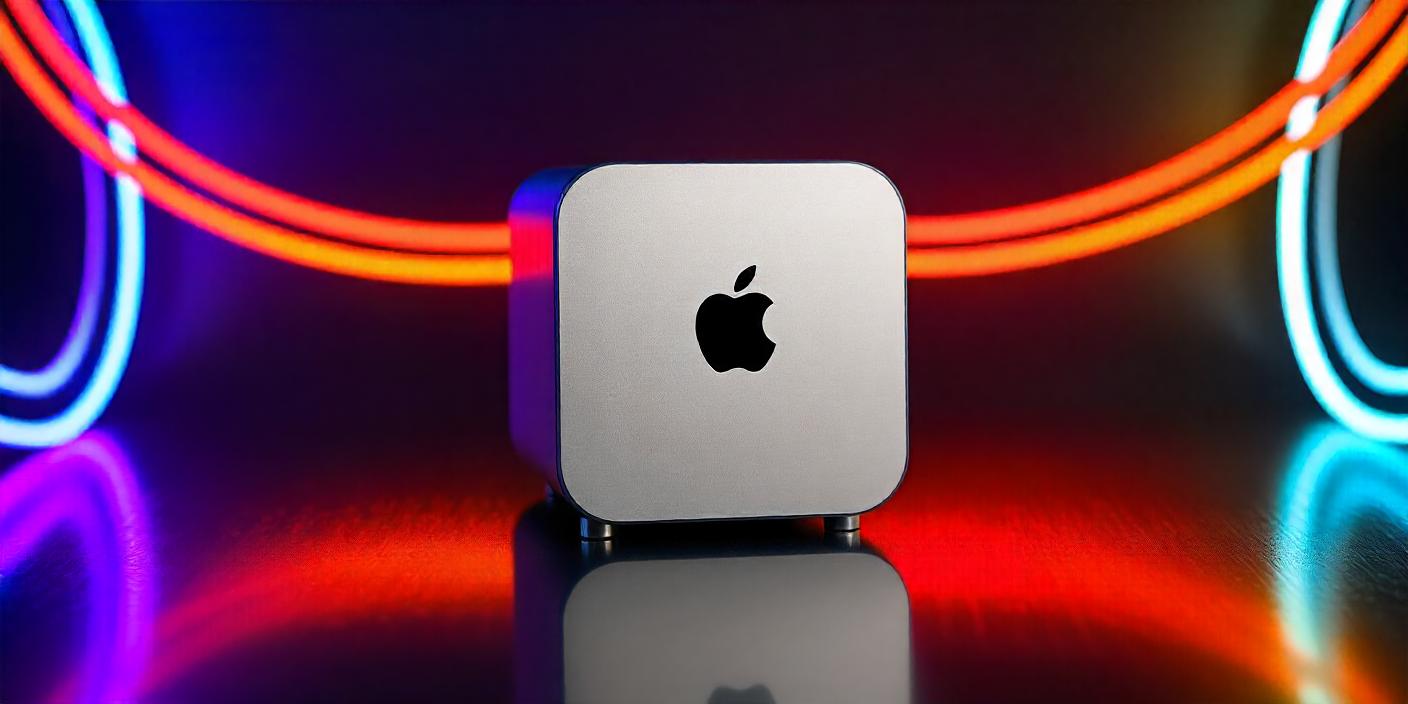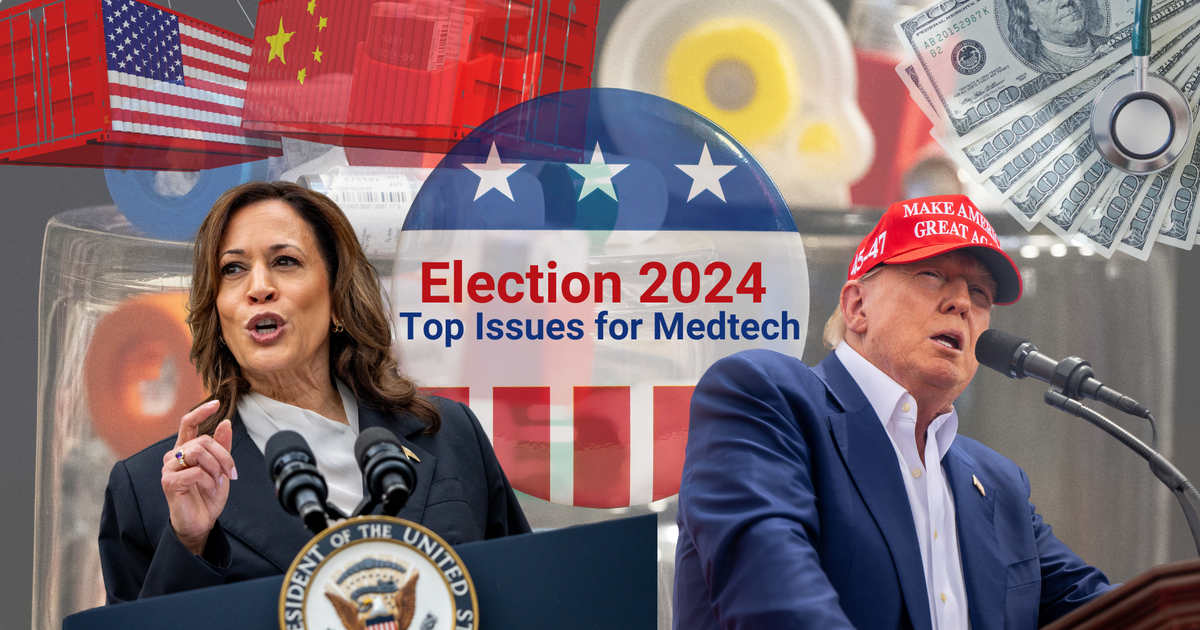
In recent years, U.S.-China tech tensions have escalated, with both countries competing for dominance in critical areas like AI, telecommunications, and semiconductors. If Donald Trump returns to office, his administration is likely to impose or intensify restrictions on American investments in Chinese tech companies. This approach would have significant ramifications for both U.S. and Chinese tech sectors and could reshape global technology markets. Here’s a closer look at why restricting U.S. investment in Chinese tech is a key policy and what effects it might have.
1. Reasons Behind Restricting Investments
The U.S. government has expressed concerns that American investments in Chinese tech companies could indirectly support advancements in areas that pose potential security threats to the United States. Many Chinese tech firms have ties to the Chinese government or the military, particularly in fields like AI, 5G, and cybersecurity. Trump’s previous administration was focused on minimizing these risks by restricting U.S. capital flows to certain Chinese tech firms. Renewed efforts to restrict investments could be justified by concerns about technology transfer, military applications, and China’s potential to leverage this technology for surveillance or geopolitical influence.

2. What Types of Investments Could Be Restricted?
The restrictions could target several forms of U.S. investments in Chinese tech:
- Direct Investments: U.S. companies may face limitations on investing directly in Chinese tech firms. For instance, private equity firms and venture capital funds might be prohibited from supporting companies in sensitive areas like AI, quantum computing, or semiconductors.
- Public Markets: Restrictions might also affect U.S. investments in publicly traded Chinese tech companies listed on American stock exchanges. This could mean delisting certain Chinese companies from U.S. exchanges or limiting the ability of U.S. citizens to invest in them, especially if these companies are tied to China’s military or government activities.
- Research Partnerships: Collaborative projects between U.S. and Chinese tech companies or research institutions could be scaled back, especially those that involve sensitive data or intellectual property. Restrictions might also extend to universities and research organizations with U.S. government funding, potentially impacting collaborative AI and semiconductor research.

3. Global Tech Ecosystem Shifts
- Increased Nationalism in Technology: U.S. restrictions could push China to develop and fund its own tech ecosystem more aggressively, aiming for independence in semiconductors, AI, and cybersecurity. The Chinese government might further invest in local tech companies and accelerate policies that encourage domestic innovation, reducing the role of foreign investments altogether.
- Market Realignment: Other nations might increase their investments in Chinese tech, creating a more multipolar tech landscape where countries such as the EU, Japan, and South Korea play larger roles. This could lead to a fragmented global tech ecosystem where different standards and systems are used based on geopolitical alliances.
- Emerging Technology Competition: The competition in emerging technologies, like 6G telecommunications, will likely intensify. China is already investing heavily in these areas and may prioritize domestic R&D to reduce dependency on foreign innovations, potentially becoming a global leader in new technology standards.

4. Global Tech Ecosystem Shifts
- Increased Nationalism in Technology: U.S. restrictions could push China to develop and fund its own tech ecosystem more aggressively, aiming for independence in semiconductors, AI, and cybersecurity. The Chinese government might further invest in local tech companies and accelerate policies that encourage domestic innovation, reducing the role of foreign investments altogether.
- Market Realignment: Other nations might increase their investments in Chinese tech, creating a more multipolar tech landscape where countries such as the EU, Japan, and South Korea play larger roles. This could lead to a fragmented global tech ecosystem where different standards and systems are used based on geopolitical alliances.
- Emerging Technology Competition: The competition in emerging technologies, like 6G telecommunications, will likely intensify. China is already investing heavily in these areas and may prioritize domestic R&D to reduce dependency on foreign innovations, potentially becoming a global leader in new technology standards.

5. Looking Forward: Strategic Implications
If Trump imposes stronger restrictions on U.S.-China tech investments, both countries might accelerate their efforts to outpace each other technologically, impacting the global economy and innovation landscapes. Such restrictions would signal a long-term strategy to limit China’s tech growth while aiming to secure U.S. dominance in strategic technologies. At the same time, this policy would likely encourage both countries to increase investment in self-sufficient tech ecosystems, influencing innovation patterns and creating new dynamics in international technology competition.
Restricting U.S. investment in Chinese tech represents a strategic move that could redefine global technology and supply chains. While the intent is to protect national security and maintain U.S. technological leadership, this approach also has far-reaching implications for American tech companies, the global innovation ecosystem, and international market structures. As both countries work to secure their tech futures, this policy will likely play a central role in shaping the next decade of technological rivalry.




